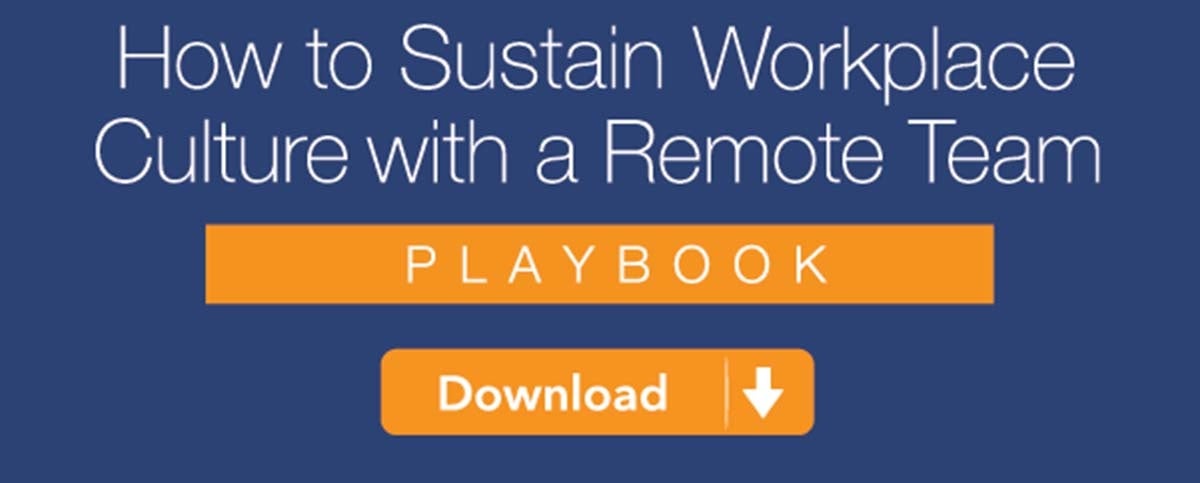
Hiring For A Culture Fit And A Culture Add: Why Doing Both Matters
Companies vested in their culture usually make it a focus in their recruiting and hiring processes. But both good and bad practices are associated with using workplace culture as a barometer to measure prospective employees.
For example, hiring for a culture fit can significantly benefit employers looking to assemble the best team for success. And the practice helps new hires feel like they belong and have the support to contribute to the best of their ability. But if hiring for a culture fit isn’t handled correctly, unconscious bias can easily creep into this recruiting method.
Hiring for a culture add can also be very positive when the motivation behind it is appropriate. Companies that enlist a diverse group can enjoy the benefits of a broader pool of ideas and personalities. However, without the proper perspective, this practice can also have little value beyond fulfilling diversity policies.
But when companies master the art of hiring for both culture fit and add, they will develop a richly diverse workforce unified by their commitment to excellence and achieving organizational goals.
What Is A Culture Fit?
Workplace culture is reflected by employees’ everyday conduct. A CEO can shape the culture they believe will drive success by identifying, defining, modeling, and teaching the behaviors they want their employees to exhibit. Then, to maintain the positive trajectory for their company, it makes sense that they’d prefer to hire employees who can align with the culture they’ve built.
But hiring for a culture fit has taken on a negative connotation in some business news. That’s because some believe companies use this practice to avoid hiring individuals who are too different from the existing crew.
The criticism is understandable considering the many barriers people face in the workplace based on appearance, religion, gender, sexual identity, age, or heritage. So, many opponents to hiring for culture fit say the term is a dog whistle for maintaining a cookie-cutter staff.
But any company using cultural fit to sidestep diversity isn’t acting in the spirit this hiring strategy was intended. And by practicing exclusivity based on identity, they’re putting their organization at a disadvantage instead of preserving their team. Ultimately, they will be poorly equipped to innovate, adapt, and grow, weakening their ability to compete in an increasingly crowded marketplace.
But authentic culture fit isn’t at all related to avoiding diversity and inclusion in the workplace. As CultureWise CEO David J. Friedman notes in his book Culture by Design:
“We absolutely want to bring in people who come from different backgrounds, experiences, ages, and ethnicities because that diversity brings a richness of perspectives that makes the organization successful.”
Friedman explains that determining cultural fits in the hiring process involves sourcing people whose values and behaviors line up with the organization’s culture. He advises leaders to look for people whose nature makes them likely to sync with the organization.
Organizational Purpose And Culture Fit
One way that CEOs can think about their company’s culture is to consider how it aligns with the organization’s overarching purpose.
For example, Delta Media Group owner Michael Minard notes that most successful companies have a mission statement, core values, and actionable short-term and long-term objectives. But he asserts that organizational purpose, or what the company was created to achieve, should be the rudder for each of these elements. And the staff’s clear understanding of that purpose should be “the genesis of the company culture.”
Jake Herway, Culture and Change Subject Matter Expert at Gallup, writes that after defining an inspiring purpose, “a CEO must evolve their company’s culture so that every employee practices that purpose.” They can accomplish that goal by clearly communicating the organization’s purpose and then identifying and coaching universal behaviors that will help everyone row in the same direction.
Companies attract people with similar priorities by using a purpose-driven culture as the north star in their hiring process.
What Is A Culture Add?
A new hire is a culture add if they enhance the company by bringing something new to the table or broadening an existing strength.
They could be a person who contributes valuable perspectives shaped by a cultural heritage or personal identity currently underrepresented or absent in the organization. Or they could just be someone with a distinctive personality who fills a hole on the team, e.g., someone more analytical or a person who thinks outside the box.
The term culture add is also perceived as a means to fulfill the diversity, equity, and inclusion (DEI) protocol most companies now have in place. A heightened awareness of hiring discrepancies and corresponding legal issues has prompted organizations to adopt formal DEI policies. Consequently, many organizations have become publicly committed to hiring a diverse workforce.
But merely peppering the workforce with people from different backgrounds won’t elevate a company’s culture. The culture must also be welcoming and inclusive, so people feel like they belong and are comfortable contributing everything they have to offer. But when a company structures its culture to bring DEI policies to life, its diverse workforce becomes one its most powerful assets.
Companies that embrace diverse perspectives create a stronger, more successful team capable of generating higher profits than those that choose to remain homogenous.
For example, David Rock and Heidi Grant reported in Harvard Business Review that companies in the top quartile for ethnic and racial diversity in management were 35 percent more likely to have financial returns above their industry mean. And organizations with at least one female board member yielded higher return on equity and net income growth than those without any women on the board.
The authors cite additional research to explain why diverse teams are more successful and conclude that “nonhomogeneous teams are simply smarter.” They observed that companies that enrich their employee pool with representatives from many groups boost their joint intellectual potential.
What Do Job Seekers Want?
The pandemic’s upheaval and the renewed focus on social justice inspired people to be much more selective in where they work. Across the board, today’s job seekers are searching for fulfilling careers in organizations with diverse teams where they can make a difference. In addition, they are looking for an employer that mirrors their values, affirms their work ethic, and encourages them to participate fully.
People don’t want to be merely accepted where they work; they want to feel like they belong there and are regarded as respected contributors. So they scout for companies that affirm diversity and exemplify the principles they find important. And they look for leaders who’ve created a vibrant, supportive culture to anchor their company and model the conduct they want their staff to reflect.
In short, job candidates want to work someplace where they are a culture fit and a culture add.
To learn more about building extraordinary workplace culture, schedule a call with a CultureWise specialist. And subscribe to the Culture Matters newsletter to access the latest articles, videos, podcasts, and learning opportunities about workplace culture.



